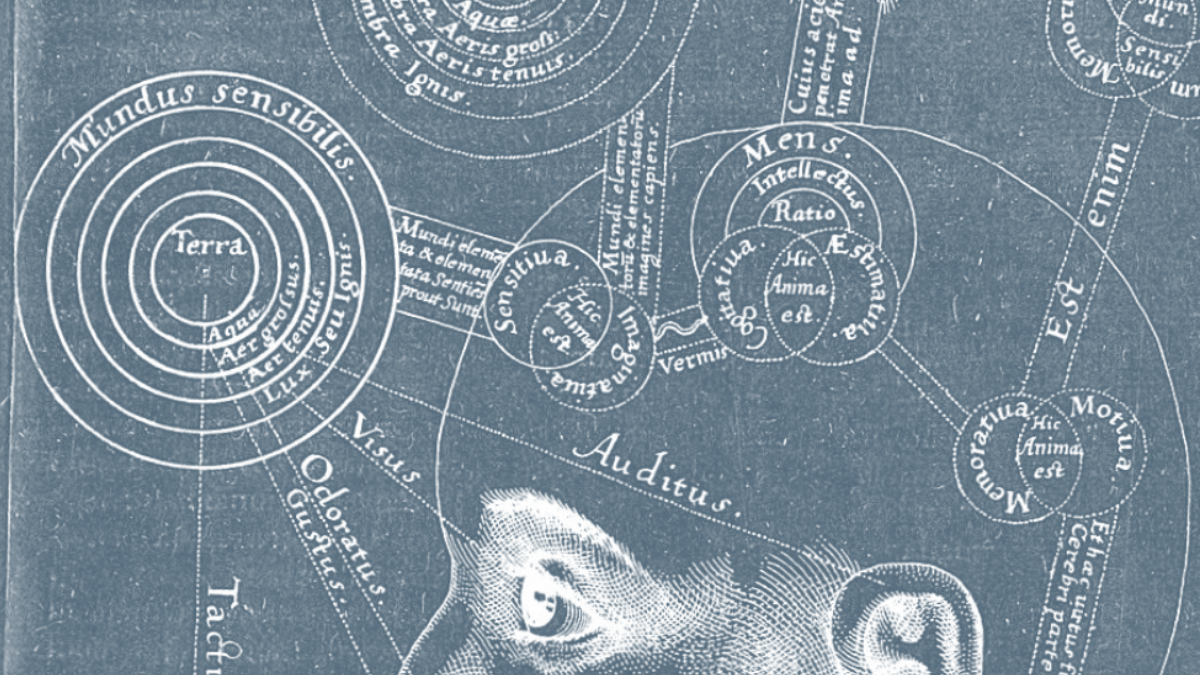In over thirty years in business, two technological shifts have fundamentally changed my work. The first was the web in the mid 1990s, which led me to leave architecture and focus on what we now call UX. The second is happening now – and it may be bigger.
AI is poised to reshape how we interact with information, much as the web did – perhaps more so. This isn’t just another technological shift. It’s a fundamental change in how people understand their world and how businesses create value. But without structure, AI risks creating more confusion than clarity.
That’s why I’m pivoting my consulting practice to what I’m calling Architecture for Intelligence.
The phrase is intentionally ambiguous. Is the target human intelligence or artificial intelligence? The answer is “yes.” Thoughtfully structured information amplifies intelligence, human or artificial. Done right, it creates a virtuous cycle: smarter humans design smarter systems, which make humans smarter.
But it won’t happen out of the box. I’ve worked enough with current AI systems to understand their capabilities and constraints. They’re astonishing in many ways, but they struggle to create stable, cohesive information environments – which people need to make skillful decisions.
At least not without help. And that’s why I’m so excited: Because with a bit of structure, AI-powered systems can unlock previously unimaginable abilities — including the ability to produce smarter information environments.
This sounds a bit academic, but the implications are huge. Our expectations about what constitutes good service will change. The speed, scale, and degree of personalization will be different. Businesses will need to rethink their strategies as the market shifts to the new paradigm. Those who do it well stand to benefit like never before.
But individual humans must benefit too. This shift should bring value to people first; creating value for customers will create value for businesses. And here again is why we need Architecture for Intelligence. Architects don’t design structures for their own sake; we do it to serve human needs.
This simple idea risks being lost in the mad rush to implement AI-powered systems. But AI doesn’t reduce complexity out of the box. It doesn’t generate clear reference frames for people to get their bearings. And done poorly, it can significantly degrade trust – or worse.
AI doesn’t change the fact that clear, usable, and strategically aligned products require architecture. If anything, it increases the need for carefully considered structures. The shift goes both ways:
- AI needs information architecture in order to be usable, understandable, and trustworthy.
- IA itself is being transformed by AI.
My new focus embraces both angles by 1) helping clients design more intelligent systems and 2) developing tools and methods to architect information more intelligently. All in service to amplifying human intelligence – from somebody with firsthand experience with the technology and over three decades of perspective.
Specifically, I’m offering three kinds of engagements:
- Strategic consulting: Advising leaders on how to structure information to support AI-driven systems that drive real value.
- Product & web IA: Helping internal design and product teams deliver AI-driven products and websites that are easier to navigate, use, and maintain.
- Training: Showing teams how to use IA principles to design better smarter products and make better strategic decisions.
I’m also working on AI-powered tools to do information architecture more effectively. And of course, you can expect the bulk of my writings and presentations to focus on AI from now on. (As they’ve done for much of the last year.)
Which is to say, like AI itself, this change isn’t coming: it’s already here. Organizations that architect intelligence are poised to benefit like never before. And by centering human needs, you can ensure the benefits are felt widely. But you must start now.
I’m more excited to be in tech now than at any time in the last thirty years. AI’s potential – for good and bad – is vast. Let’s make it good. If this resonates, please get in touch.
